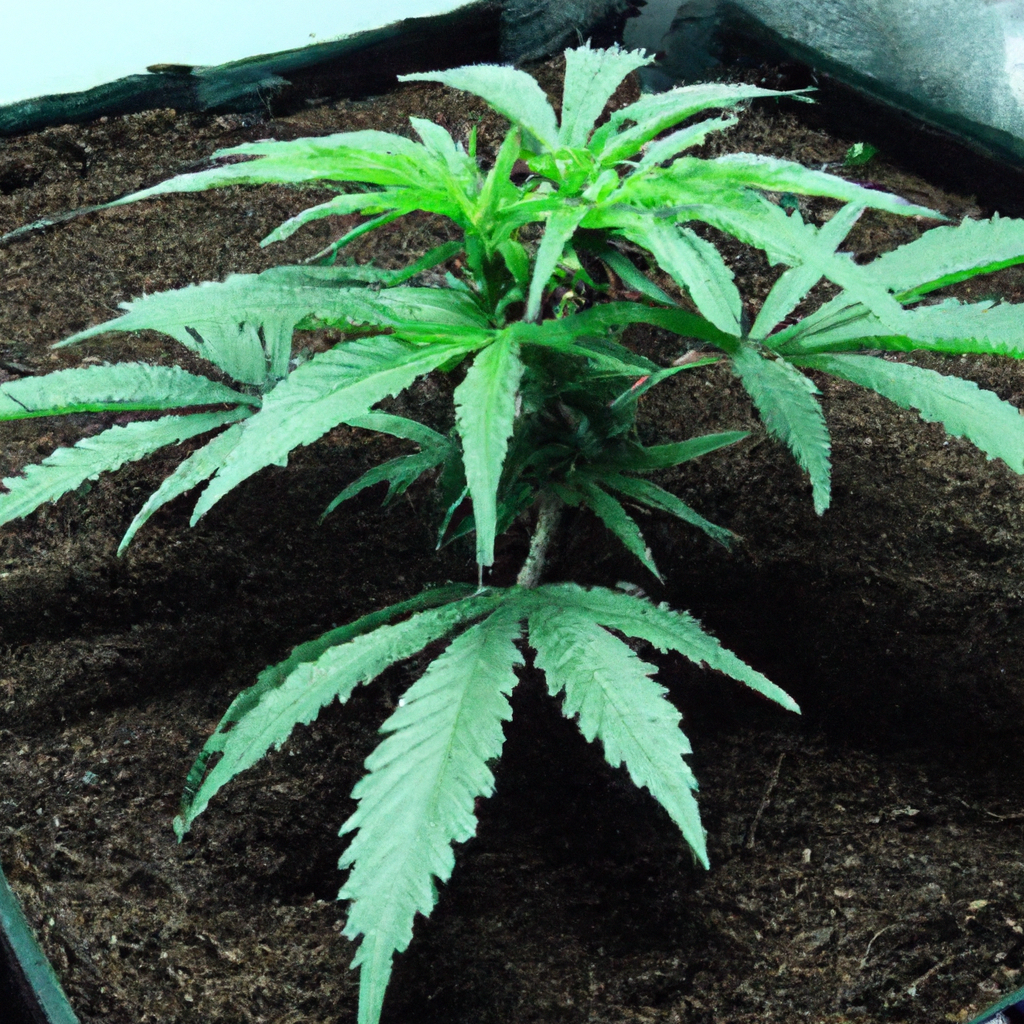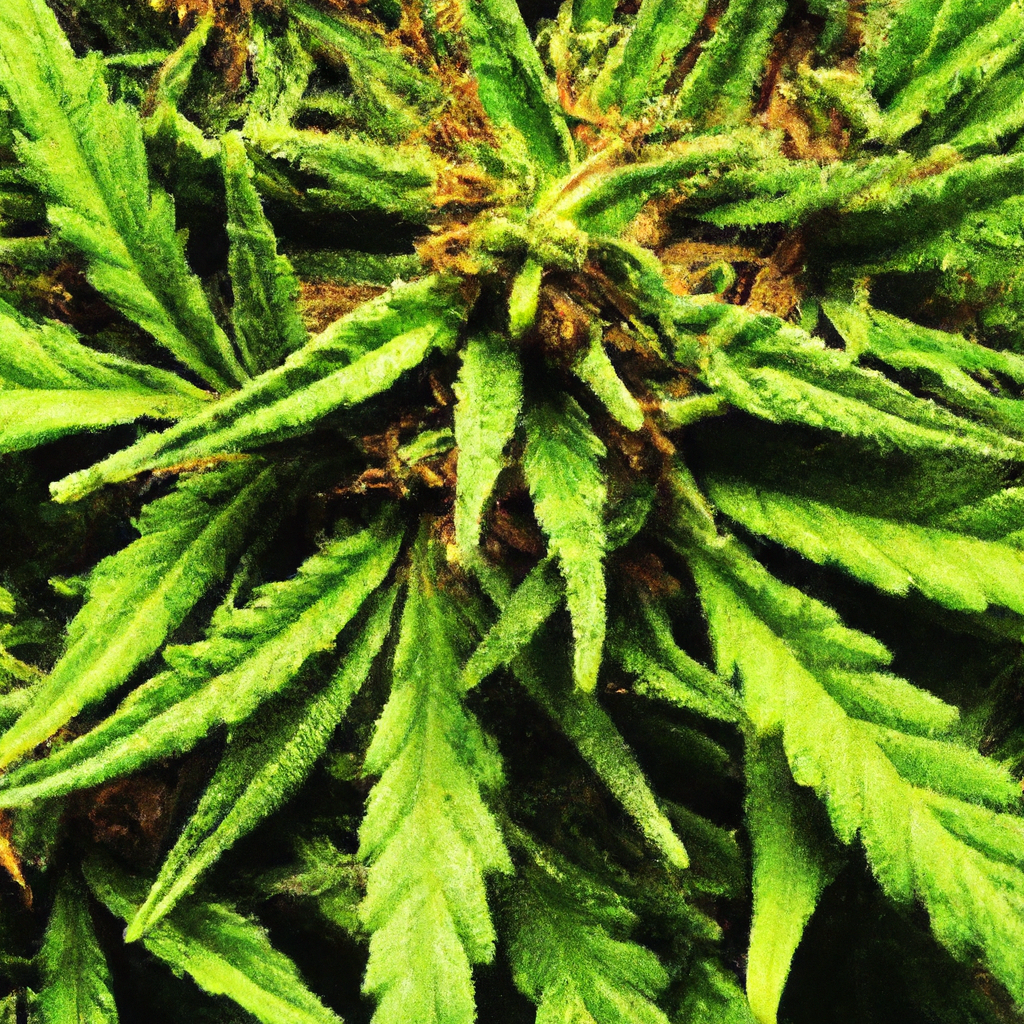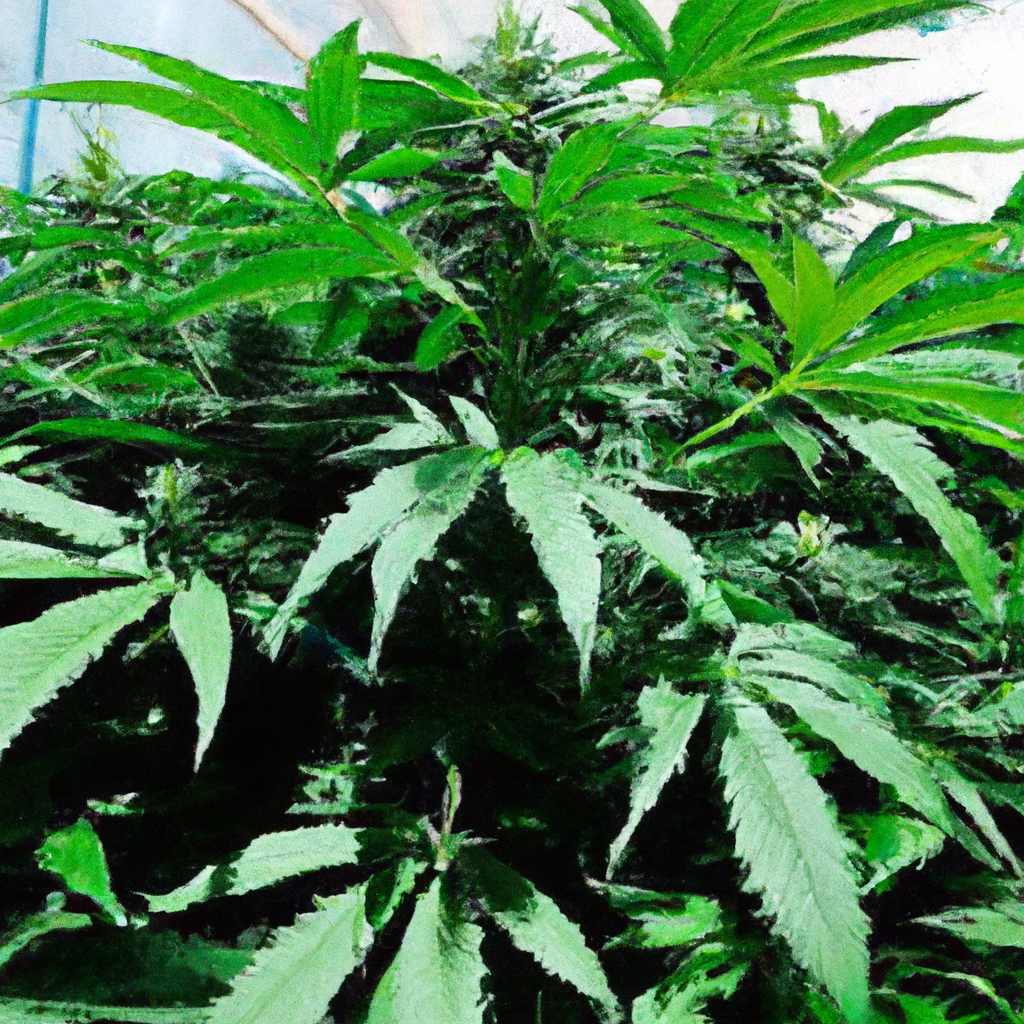Your cart is currently empty!
Tag: Natural Cultivation

Proper soil aeration is essential for thriving cannabis plants, as it ensures roots receive adequate oxygen, promoting vigorous growth and robust harvests. This guide highlights the benefits of soil aeration, such as improved root health, better nutrient uptake, and disease prevention. Best practices include using aeration amendments like perlite or vermiculite, employing smart watering techniques…

The concept of terroir, traditionally linked to winemaking, is gaining significance in cannabis cultivation. Terroir encompasses environmental factors like soil, climate, topography, and cultivation practices that affect a plant’s characteristics, including aroma, flavor, and potency. This guide examines these factors and illustrates the impact of terroir through Humboldt County, California, known for its exceptional cannabis.…

The blog post explores the use of beneficial insects in cannabis cultivation as a sustainable alternative to chemical pesticides. Beneficial insects act as natural predators to control pest populations, promoting soil health and ensuring the purity of the cannabis product. Notable examples include lacewings, ladybugs, predatory mites, and parasitic wasps. Implementing these insects involves identifying…

Successfully cultivating cannabis involves managing light exposure and heat stress to optimize plant growth. This guide highlights the importance of shading techniques to improve yields by protecting against excessive heat, managing light cycles, and enhancing humidity control. For outdoor growth, smart fabric netting filters sunlight effectively, while indoor setups benefit from adjustable shade screens. Natural…
